
HOTPALM – Understanding heat-mediated pollination of the ivory palm to develop a science-based, collaborative management of its endangered populations
Nearly 90% of flowering plants depend on pollination making this process a vital ecosystem service for humanity. The sustainable maintenance of pollination services depends primarily on the conservation of wild pollinator populations and the resilience of plant-pollinator interactions to ongoing rapid environmental changes, such as global climate and land use changes. However, management and conservation policies in response to these changes are hindered by the lack of integrative studies on pollination services from plant-insect interactions to livelihood economics, especially in developing countries. We propose to address this issue in a transdisciplinary project focusing on the ivory palm (Phytelephas aequatorialis), a palm endemic to the Ecuadorian Andes that is of economic interest to rural communities and whose pollination success is based on floral thermogenesis. Our hypothesis is that a change in the thermal environment of the palm, triggered by deforestation and climate change, would disrupt plant-pollinator interactions based on floral heat, with cascading effects on palm productivity and the economic benefits of smallholders who depend on it. We will determine how these two anthropogenic stresses could affect plant-pollinator interactions, pollination efficiency, palm genetic diversity and ultimately the benefits to local communities, in order to provide them with optimal and sustainable management strategies for the conservation of ivory palms and pollinators. The project is organized in five work packages (WPs) with across different levels of organization – from the flower to the socio-ecosystem – and combines a range of observational, experimental and modelling approaches. WP1 will detail the mechanisms involved in palm-pollinator interactions, in particular the effect of floral temperatures on the emission of volatile compounds and the role of these floral traits in attracting pollinators and ultimately on palm seed production. WP2 will study how floral traits and pollinators respond to changes in thermal regime, by comparing palm-insect interactions in different environments at the landscape scale. These first two WPs will produce a predictive spatial model of palm productivity based on pollinators. This model will then be combined with socio-economic data obtained in two subsequent WPs. In WP3, an agent-based bio-economic model will be built from surveys and data collected from local communities on their knowledge of palm harvesting and pollination and the surrounding landscape, and socio-economic data on their choices in palm management. This model will help identify, from a collective perspective, sustainable strategies for palm management and pollinator conservation. WP4 will develop role-playing games (RPGs) revolving around the results of the agent-based bio-economic model within a multi-stakeholder platform (farmers, palm product companies, forest conservation NGOs, park rangers) to define locally viable and acceptable ivory palm management strategies at the landscape level. These strategies will then be simulated in the agent-based bio-economic model. Our communication strategy for the project will be deployed in a WP5, and will include, among others, the adaptation of the RPG as an educational tool to support learning objectives in natural resource management for private and governmental institutions in Ecuador.
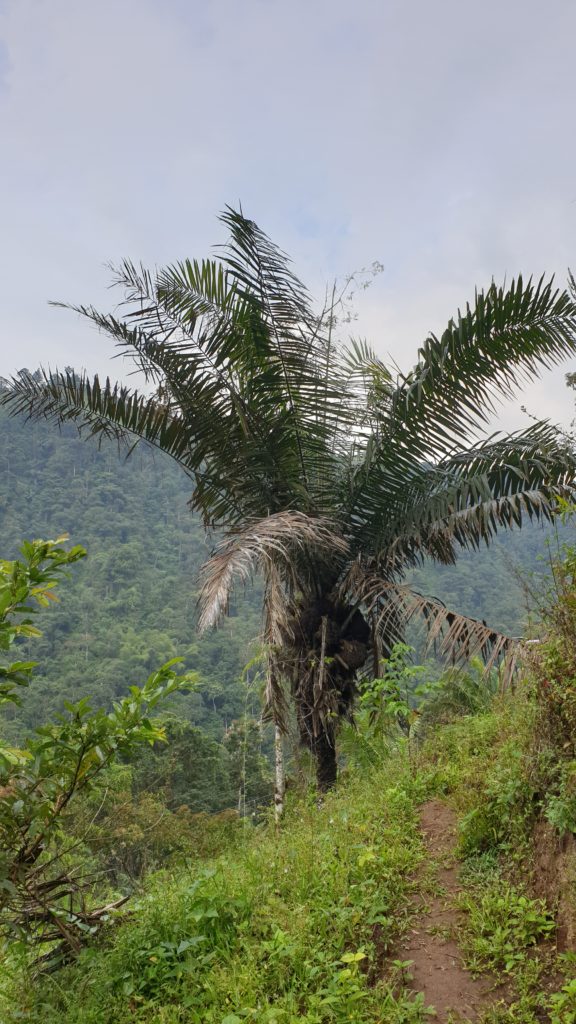
The tagua (Phytelephas aequatorialis): a dioecious palm with spectacular thermogenic inflorescences !
The tagua (Phytelephas aequatorialis): a dioecious palm with spectacular thermogenic inflorescences !
The evolution of a tagua inflorescence
Male inflorescence
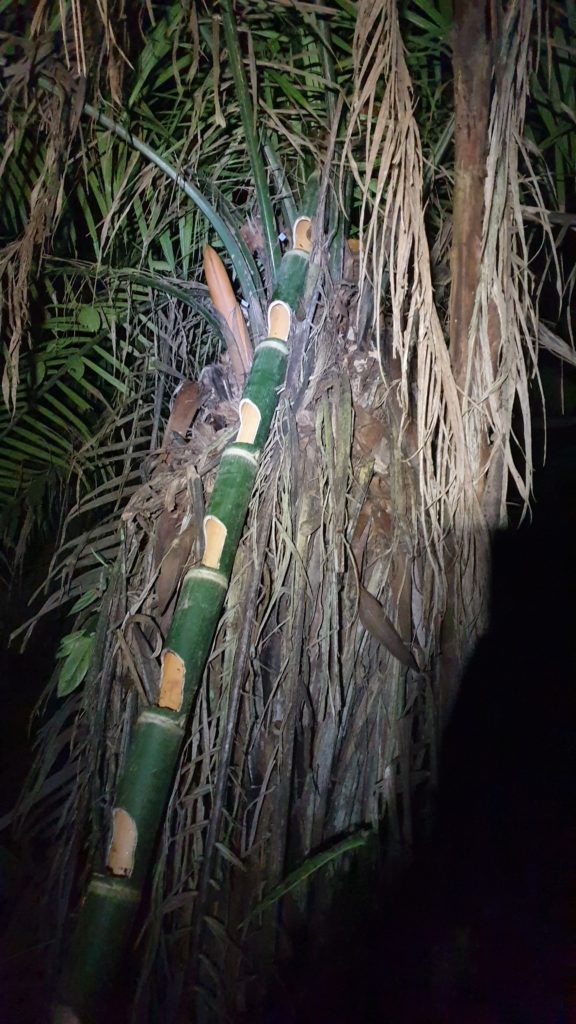
The bud stage: bud development is relatively quick compared to its size (up to 50 cm long for male buds). Although male buds are more prominent than females, the global aspect is quite similar, and it isn’t easy to distinguish between both sexes.
A fascinating characteristic of these buds is the thermogenesis phenomenon: The bud gives off heat that can be felt by touching it.
The thermal IR picture at the bottom shows how male bud heats (temperature in red color=30.2 °C) compared to ambient air temperature (in blue on the picture= 20.6°C) resulting in a 9.7°C difference!
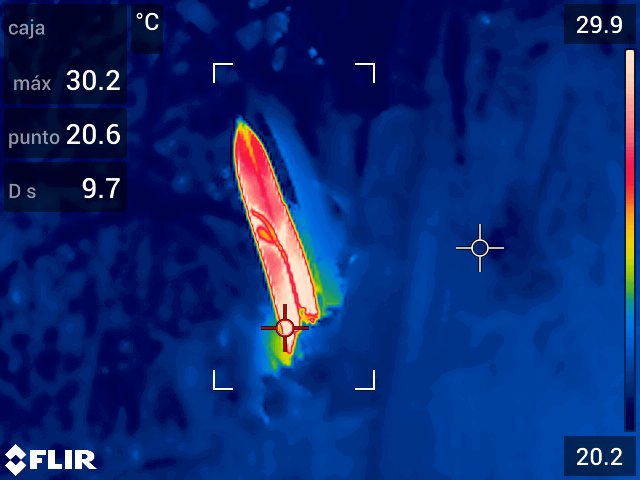
Female inflorescence
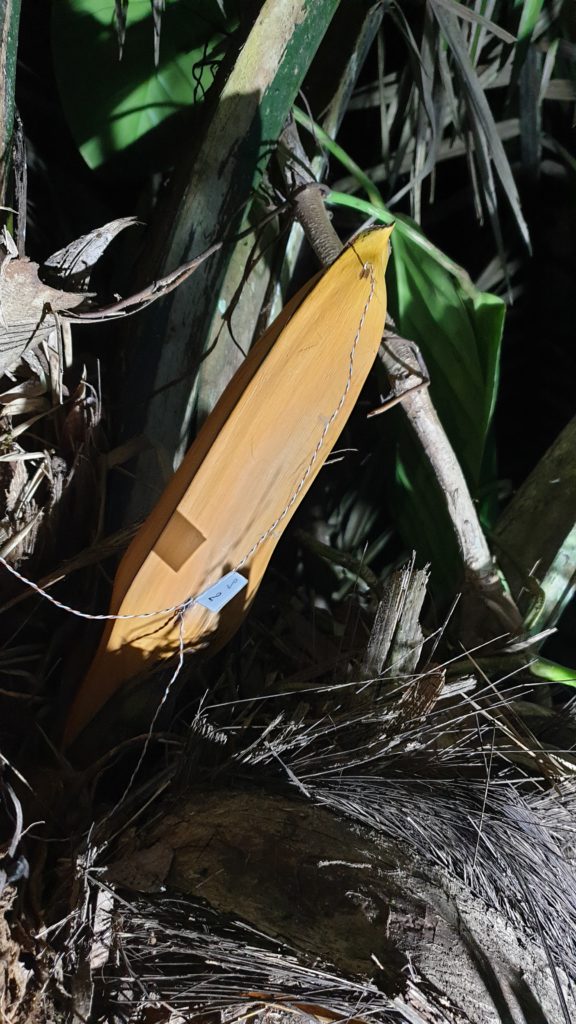
Male inflorescence
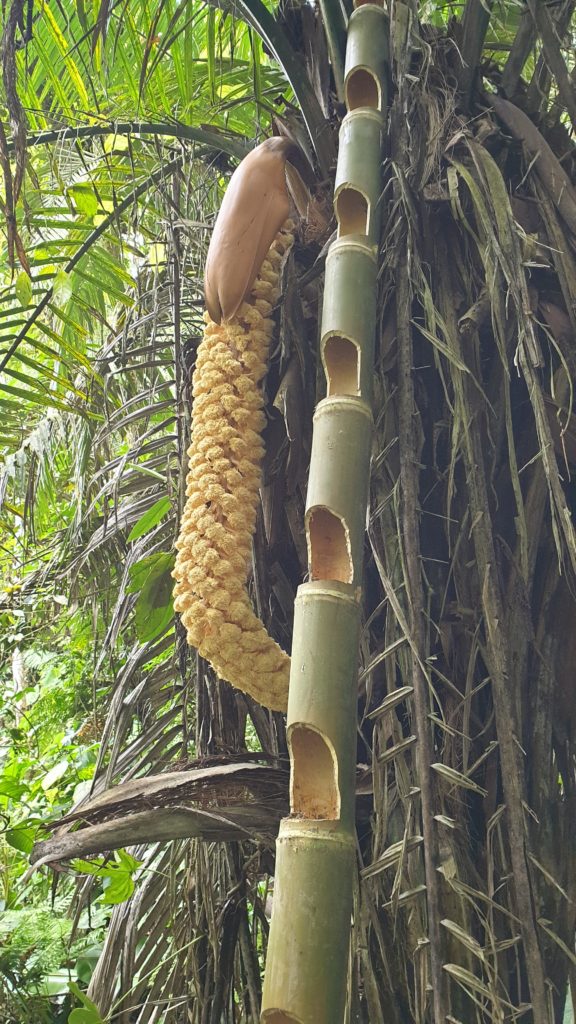
At the anthesis stage: When the inflorescence opens, each sex has a different aspect and size! Male inflorescence reaches up to 2m long, whereas female inflorescence does not exceed the size of a football ball.
Temperature evolution at anthesis varies between sexes: while the male inflorescence cools down inside hours, the female inflorescence heats for four to five days before whithering.
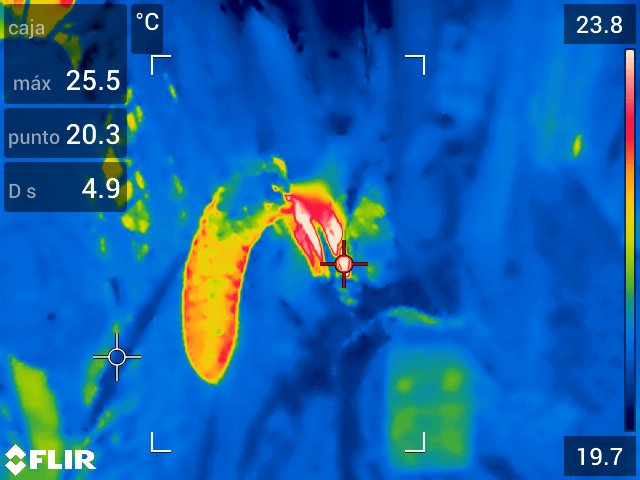
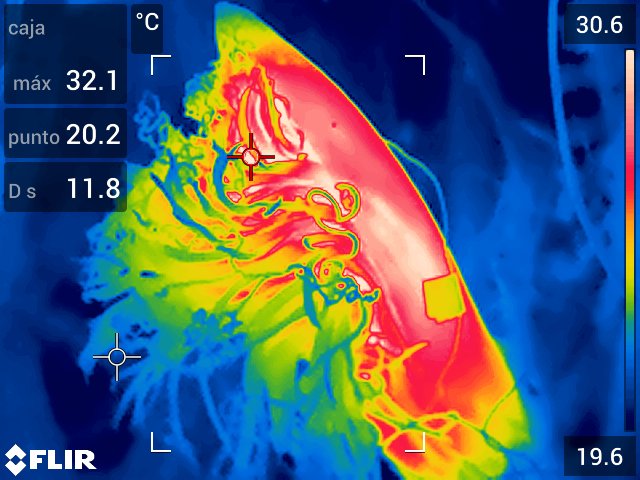
Female inflorescence
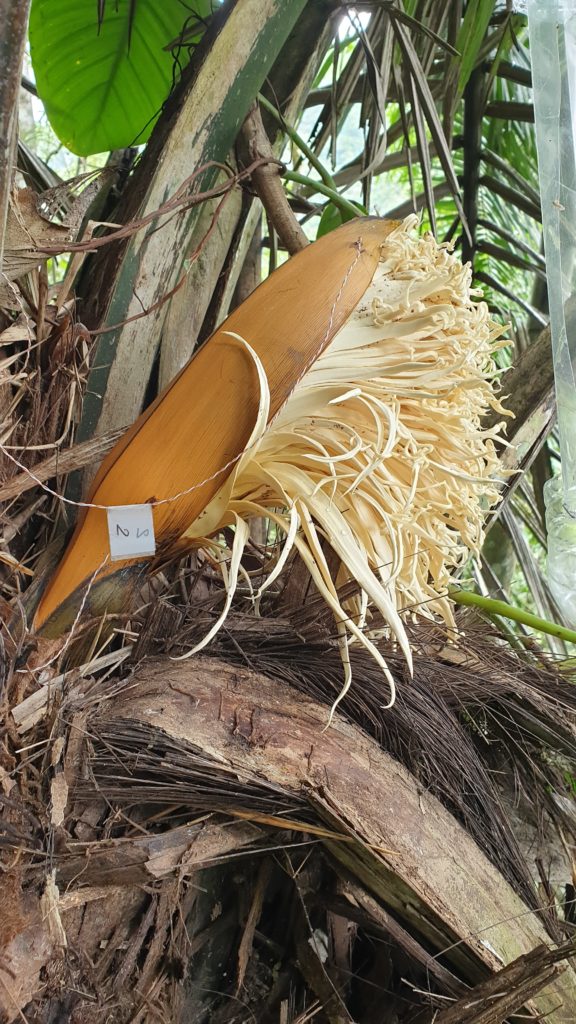
Visualize the astonished flowering of a tagua inflorescence !
These videos are timelapse recordings: photos were taken at a regular time for some hours and then assembled.
Male inflorescence flowering (18-hour timelapse): flowering occurs during the morning.
Female inflorescence flowering (10-hour timelapse): opening during the night
How do we work?
We are interested in understanding the interaction between two floral traits thought to be tightly involved in Tagua’s pollination, i.e., flower thermogenesis and Volatile Organic Compounds (VOCs) on the one hand, and to compare the temporal variation of these floral traits with insects visitors activity to the inflorescence in another hand.
Discover more about how we work through the videos we realized !
http://bioinca.org/hotpalm-videos-2/
Hotpalm-How do we work?

Time-lapse videos
La tagua es una palmera dioica, que tiene individuos femeninos y individuos masculinos. Queremos saber si las flores de ambos sexos se abren al mismo momento del día, o en horario diferente.
Usamos la camara time lapse para identificar precisamente la hora de abertura de las flores.
Cada 2 minutos, la camara toma una foto y registra datos de hora.
Las videos que obtenimos muestran que las femeninas se abren en la noche, y los machos se abren durante el día.
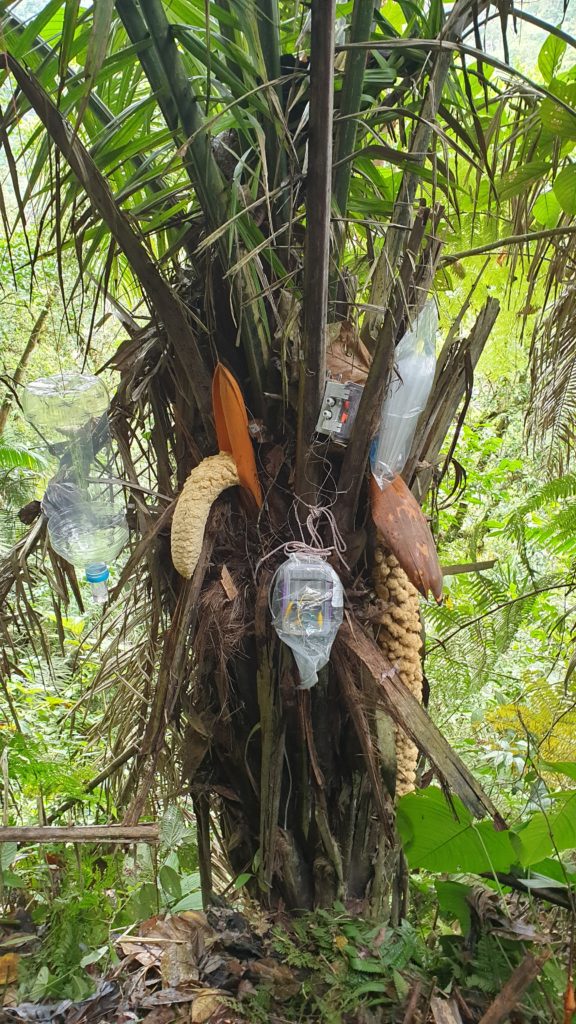
See the project on the website of our academic partners







